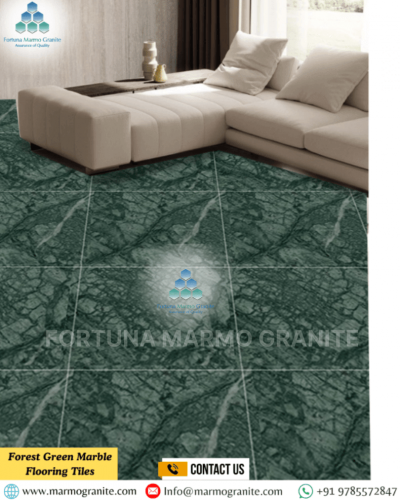"How to Remove Stains from Marble flooring: Expert Tips for a Spotless Surface"
Remove Stains: Marble flooring is a timeless and luxurious natural stone that enhances the beauty of homes, offices, and commercial spaces. Because of its elegant appearance, durability, and versatility, it remains a popular choice for countertops, flooring, and walls. However, marble is porous, which makes it susceptible to stains from substances such as coffee, wine, oil, and acidic liquids. Therefore, understanding the right techniques for stain removal is crucial to maintaining its pristine condition. In this comprehensive guide, we will explore expert tips and effective methods to remove stains from marble, so that your surfaces remain spotless and long-lasting.
Understanding Marble Stains
Before diving into stain removal techniques, it is important to understand the different types of stains that can affect marble. These stains include:
Organic Stains: Moreover, Caused by coffee, tea, wine, fruit juice, and food items.
Oil-Based Stains: In addition, Result from grease, cooking oil, cosmetics, and lotions.
Rust Stains: Yet, Occur from metal objects such as nails, cans, and iron furniture.
Ink and Dye Stains: Result from ink spills from pens, markers, or dyes.
Water Stains and Etch Marks: Form when acidic substances like vinegar, citrus juices, and harsh cleaners come into contact with the marble.
Biological Stains: Develop due to mold, mildew, and algae, especially in damp areas like bathrooms.
General Stain Removal Tips for Marble
- Act Quickly
Moreover, The sooner you address a stain, the easier it will be to remove. Immediate cleaning prevents the substance from penetrating deeper into the marble's porous surface.
- Use a pH-Neutral Cleaner
In addition, Harsh acidic or alkaline cleaners can damage marble. Always opt for pH-neutral cleaners specifically designed for marble to avoid etching or discoloration.
- Blot, Don't Rub
Yet, When dealing with a fresh spill, blot it with a soft cloth or paper towel instead of rubbing. Rubbing can spread the stain and cause it to penetrate deeper into the surface.
- Test Before Applying
Consequently, Before using any cleaning solution, test it on a small, inconspicuous area of the marble to ensure it doesn't cause damage.
Specific Stain Removal Methods
Removing Organic Stains
For stains from coffee, tea, wine, or food:
- Mix hydrogen peroxide (12%) with a few drops of ammonia.
- Apply the mixture to the stained area using a soft cloth.
- Let it sit for 5-10 minutes and rinse with water.
- Dry and buff with a soft cloth.
Eliminating Oil-Based Stains
Oil stains from cooking grease or cosmetics can be tough to remove:
- Sprinkle cornstarch or baking soda over the stain and let it sit for 24 hours to absorb the oil.
- Wipe away the powder and clean with a mild dish soap and warm water.
- If the stain persists, apply a poultice (a paste of baking soda and water) and cover it with plastic wrap. Leave it overnight and then wipe clean.
Treating Rust Stains
Rust stains from metal objects are difficult to remove:
- Use a commercial rust remover that is safe for marble.
- Gently scrub with a soft brush or cloth.
- Rinse thoroughly with water and dry immediately.
- Avoid using acidic solutions like lemon juice or vinegar as they can damage marble.
Getting Rid of Ink and Dye Stains
Ink stains from pens, markers, or hair dye require a targeted approach:
- For light-colored marble, use hydrogen peroxide with a few drops of ammonia.
- For dark-colored marble, use acetone instead.
- Dab the solution onto the stain using a cotton ball.
- Wipe clean and rinse with water.
- Handling Water Stains and Etch Marks
Water stains and etching occur due to exposure to acidic substances:
- Buff the affected area with a marble polishing powder and a damp cloth.
- If needed, use a marble polishing compound to restore shine.
- Prevent future etching by using coasters and placemats.
Removing Biological Stains (Mold & Mildew)
Mold and mildew are common in bathrooms and damp areas:
- Mix a solution of water and hydrogen peroxide (50:50 ratio).
- Spray it onto the affected area and let it sit for 10 minutes.
- Scrub gently with a soft brush and rinse thoroughly.
Preventing Future Stains on Marble
- Seal Your Marble Regularly
Moreover, Applying a high-quality marble sealer creates a protective barrier, reducing its absorbency and making it resistant to stains.
- Use Coasters, Mats, and Trivets
In addition, Prevent direct contact with acidic beverages, hot pots, and oily substances by using coasters and trivets on marble surfaces.
- Wipe Spills Immediately
Consequently, Promptly cleaning spills prevents staining. Keep a soft cloth handy to blot up spills quickly.
- Adopt a Regular Cleaning Routine
- Use a damp microfiber cloth for daily cleaning.
- Once a week, clean with a pH-neutral marble cleaner.
- Avoid using abrasive scrubbers or harsh chemicals.
- Avoid Common Household Cleaners
- Never use vinegar, lemon juice, or bleach on marble.
- Avoid commercial cleaners that contain acidic ingredients.



